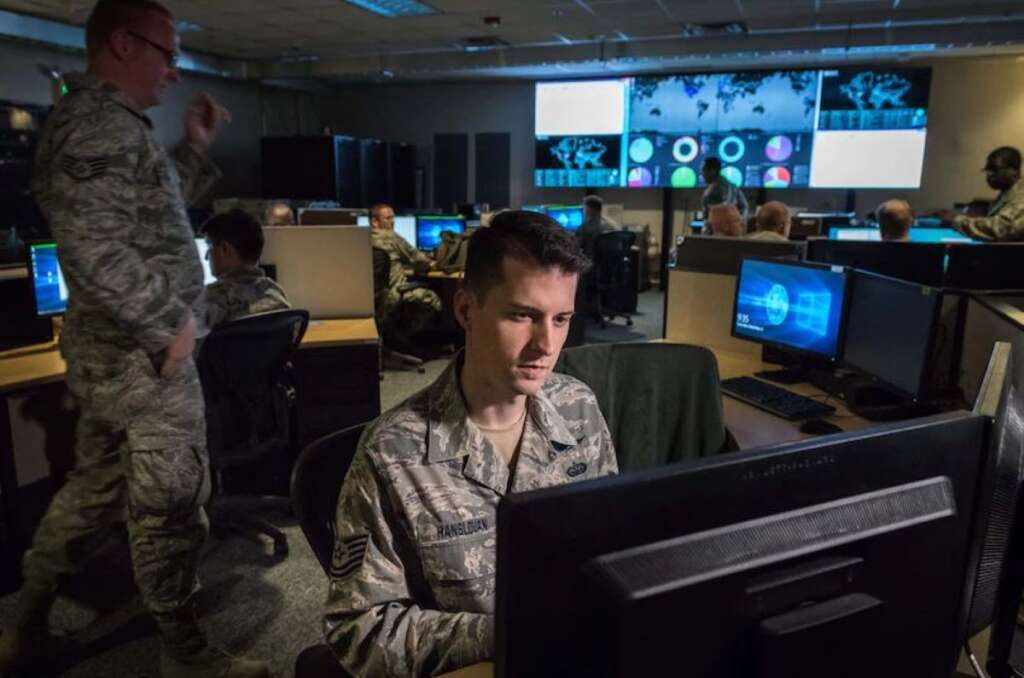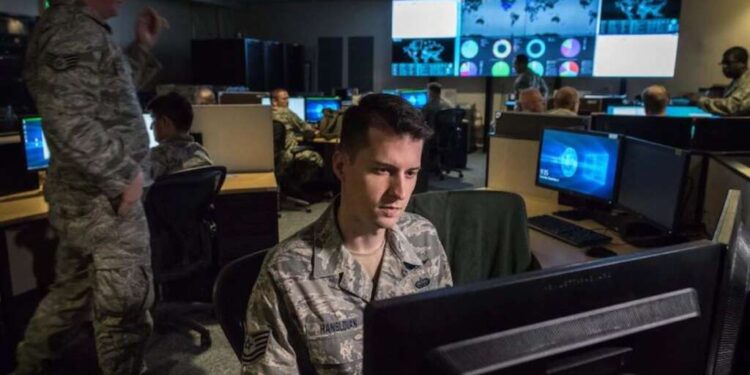
The fourth initiative of the Army’s recent software modernization memo is to adopt a sustainment model that is focused on continuous improvement and development.
To achieve that goal, the Army is creating a cadre of contracting experts to lead this culture change.
Jamie MacGillis, an advisor for the Digital Capabilities Contracting Center of Excellence (DC3oE) at the Army Contracting Command’s Aberdeen Proving Ground, said the Army initially is sending reinforcements to several program executive offices – Enterprise Information Systems (EIS); Command, Control, Communications—Tactical (C3T); Intelligence, Electronic Warfare and Sensors (IEWS); and Simulation, Training and Instrumentation (STRI).
MacGillis said she will work specifically with PEO-C3T’s contracting teams to help establish a strategy for acquisition that supports agile software development.
“My office is working on a multi-pronged attack to facilitate the development of the acquisition workforce. Part of what we’re doing is the DC3oE advisory group that I’m a part of is putting together resources, artifacts in a repository for our contracting professionals that they’ll be able to use and look back on and generate ideas for modern software development and agile software development,” MacGillis said during an interview with Federal News Network. “Additionally, we’re interfacing regularly with industry to hear what their thoughts are on the approaches we want to take, what we have taken and what we could take in the future. That dialog is open, both within our acquisition workforce and out to industry as well. We’re creating teams with our customers, so that when we sit down and develop a requirement and the acquisition strategy, all of the stakeholders are in the room very early on, often before there’s a requirements document, when it’s just an idea contracting is getting involved, and that will help astronomically.”
New workforce training on tap
The repository would include playbooks, sample contracting documents from across the Army, the Defense Department and other agencies, and other tools to help contracting officers adopt and adapt to agile software development.
“We’re definitely are looking at innovation from places like the Homeland Security Department’s Procurement Innovation Lab (PIL) and what they have,” MacGillis said. “We’re putting it into a digestible form for our workforce so that anything that we see that’s interesting, that could further the development of software and create agile contracts are at the fingertips of our workforce.”
Additionally, DC3oE has developed and piloted a course with the Defense Acquisition University to further upskill the workforce. This course is anticipated to be open for enrollment to the Army workforce in fiscal 2025.
Army Secretary Christine Wormuth signed the software modernization memo in March detailing five changes to reform what she called the institutional processes of the Army.
MacGillis said the digital capabilities office also is turning to vendors for insights and feedback as the Army makes the move toward agile software contracting.
Army taking advantage of industry feedback
Over the last several months, the DC3oE has held more than 60 one-on-ones with contractors to better understand their innovative techniques in use in the Army or elsewhere in government.
The digital capabilities office also released a request for information (RFI) earlier this year as another approach to collecting feedback from industry.
MacGillis said the RFI was structured around eight basic questions, including how to create dynamic requirements, the steps to streamline ordering and awards and how they will retain workforce talent and expertise in a competitive environment.
“We also asked about industry buying in instances where it’s a cost type contract, and we have concerns about whether or not the prices proposed or the rates proposed are realistic. If they’re buying in to go low, then it’s a race to the bottom, as industry calls it, and if it’s a race to the bottom, are we really going to receive the highest technical solution? We’re going to receive the best value for our war fighters,” she said. “We asked about cost proposal instructions and what could facilitate the speed of proposal response from industry. There were some really good ideas there about phasing a rough order of magnitude in phase one, which is not a formal cost proposal, but asking what do you think this would cost? And then, in phase two, once they’ve been invited to proceed, give us the formal cost proposal. There are some really innovative ideas that we haven’t seen a rough order of magnitude and a cost proposal used regularly to support anything but that could definitely move forward the speed at which we could acquire software.”
MacGillis said the training and documents are part of how the DC3oE is creating a culture change. She said the benefits of moving toward the agile approach are clear.
“It’s definitely going to be speed in meeting our customers where they’re going with their software development, being modular, being flexible and being fast,” she said. “Our workforce in contracting is going to have to learn modular, contracting, how to be agile, how to be flexible and how to be fast. It’s going to be uncomfortable, and discomfort brings on change. It’s going to be really exciting, and it’s going to happen, hopefully very, very quickly. I know that our contracting teams are very excited about the opportunity that we’ve been given through that directive.”
Copyright
© 2024 Federal News Network. All rights reserved. This website is not intended for users located within the European Economic Area.







